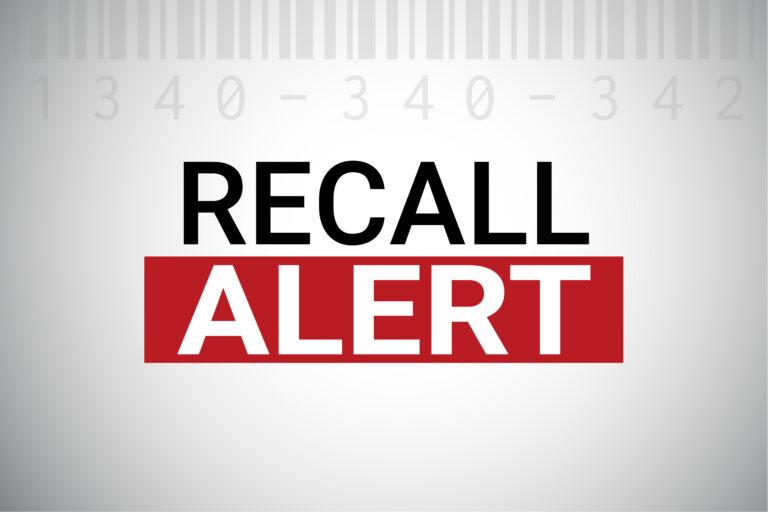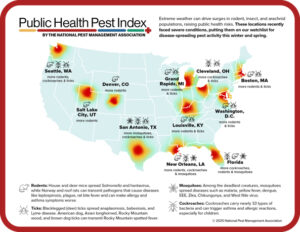You get one guess: Which two pathogens result in the most food and beverage recalls?
It’s likely no surprise that the answers are Listeria and Salmonella. But did you know that, together, Listeria and Salmonella caused 40% of all recalls over the last 20 years. And that, unfortunately, doesn’t appear to be getting much better with issues in each of these areas causing major challenges in recent months.
But let’s take a look at the study data, as published in the Journal of Food Protection, and determine what we can learn from it. Analyzing 35,000 US food recalls managed or mandated by the FDA between 2002-2023, the study found:
- Listeria monocytogenes accounted for 7,844 (22%) and Salmonella serovars for 6,597 (18%) of the 35,000 recalls;
- With product contaminants responsible for 91% of all recalls, more than half of these were due to biological contaminants; and
- Of the biological contaminant-caused recalls, 45% were caused by Listeria and 38% by Salmonella.
Some specific areas of concern for each of these pathogens are:
- Over 60% of the foods recalled for contamination by Listeria monocytogenes (Lm) were processed in some form, and almost 70% were chilled or frozen products.
- Over 45% of the food products recalled for contamination by Salmonella serovars had been dried, and almost 90% had been stored at ambient temperatures.
- Salmonella serovars are also a major concern for whole egg processing facilities. One of the 10 largest recalls in the past 20 years involved whole shell eggs.
- The recalls for Biological Contamination, in general, occurred primarily for fresh, chilled, or frozen food products.
With there being zero tolerance for severe biological contaminants (e.g., Lm and Salmonella serovars) in FDA regulated food products, any presence is considered adulteration and can result in a Class I recall – which made up more than half the recalls in the data set.
But knowing that Listeria and Salmonella are of critical concern and doing something about them are two different things. So now that you have the knowledge, what do you do?
Let’s go back to some specific areas of concern:
- Lm: 60% processed, of which 70% are chilled or frozen products.
- Salmonella: 45% dried; of which 90% are stored at ambient temperatures.
- Biological contamination: primarily fresh, chilled, or frozen products.
When a processed food is recalled for bacterial contamination, it is likely due to a processing failure or a post process contamination event. If the latter, there can be a strong argument for a lack of, or insufficient, environmental monitoring and control. That could be due to improper cleaning or sanitizing, or a resident strain in the environment. Either way, more robust monitoring of surfaces, niches, and “nooks and crannies,” along with the implementation of controls could go a long way toward reducing Lm contamination – and recalls. Additionally, a well-developed supplier control program, assessment of the incoming supplies, and proper storage along the way (e.g., temperature monitoring) can help to keep contaminated ingredients from getting into your products at all.
Analysis of a food’s kill step can provide further information on determining a root cause and control for biological contamination. In many cases, the report notes that the source “should be considered human or operator error,” particularly in any post-kill step processing, packaging, and distribution. Again, controls should also be implemented in the upstream supply chain, particularly for raw foods with no kill step, to mitigate potential issues such as agricultural water and other field conditions. Ensuring that suppliers use Good Agriculture Practices (GAP) and conduct on-site assessments as aspects of your supply chain controls can be essential to ensuring the safety of both your own environment and your finished products.
Contamination and errors can happen at any point of the chain, from sourcing through processing and distribution. Ensuring you have tight controls throughout that chain can keep your products from becoming another statistic in a recall assessment.
All written content in TAG articles, newsletters, and webpages is developed and written by TAG experts, not AI. We focus on the realities and the science to bring you the most current, exacting information possible.





